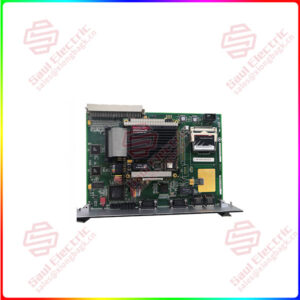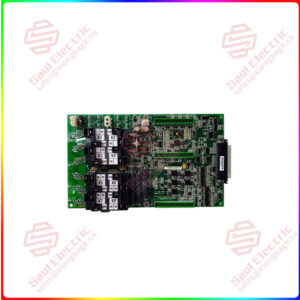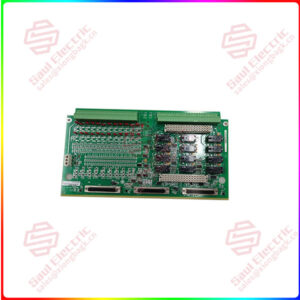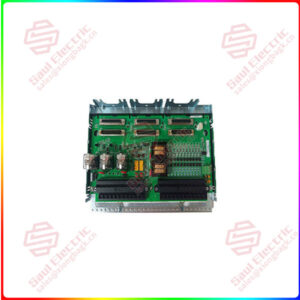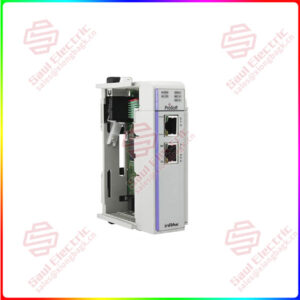Description
Overview
Essential details:1786-RPCD ControlNet Dual Copper repeater module
lf you need to inquire or purchase ,please send the product models to my email or call medirectly .
sunny He
[Email] sales@xiongbagk.cn
[Mobile] 86-18059884797
[WhatsApp] 86-18059884797
[Skype] sales@saulcontrol.com
1786-RPCD ControlNet Dual Copper repeater module
The 1786-RPCD is a coaxial repeater module control net manufactured by Allen-Bradley. The 1786-RPCD coaxial repeater module joins to the RPA/B repeater adapter that supplies it with 5 Volts DC, and it has a backplane current draw of 400mA at 5 Volts DC maximum. The 1786-RPCD is designed to extend the length of a network, provide a point-to-point topology, or do network media conversion from coaxial media to fiber media and vice versa. The 1786-RPCD operating temperature is 32 to 140 degrees Fahrenheit, a non-operating temperature of 60 degrees, for conducting RF Immunity according to the IEC 61000-4-5 standards. It has a vibration of 5g at 10 to 500 Hertz, with a relative humidity range of 5 to 95% for non-condensing humidity. The 1786-RPCD is powered by a repeater adapter. The 1786-RPCD makes it easy to connect multiple 1000 meters copper segments to a single repeater adapter (the 1786-RPA). It gives two copper channels and activity status indicators for each channel. The 1786-RPCD consists of two status indicators which are interpreted by the operator to communicate fault situations and if it is powering up, including if there are faults in the data being obtained at the modules. Its delay value is 100ns. When installing the 1786-RPCD, place the 1786-RPCD module at a 30-degree angle. Hook the lip on the backside of the module to the top of the DIN rail and rotate it onto the track. Then press the module onto the DIN rail until the flush appears. Meanwhile, the locking tab should snap into the correct location and lock the module to the DIN rail. When necessary, slide the module to the left to join with the repeater adapter or another repeater module. It is important to be observant when inserting or removing the module. It is not recommended to remove or add the 1786-RPCD module under power. It should be powered off when entering and disconnecting, and the area should be determined to be nonhazardous. The 1786-RPCD applies when the hub-based topology is required in the network and the segments need a longer copper wire distance; the network design requires a separated section and the number of nodes also needs repeaters.


 1 Year Warranty
1 Year Warranty

